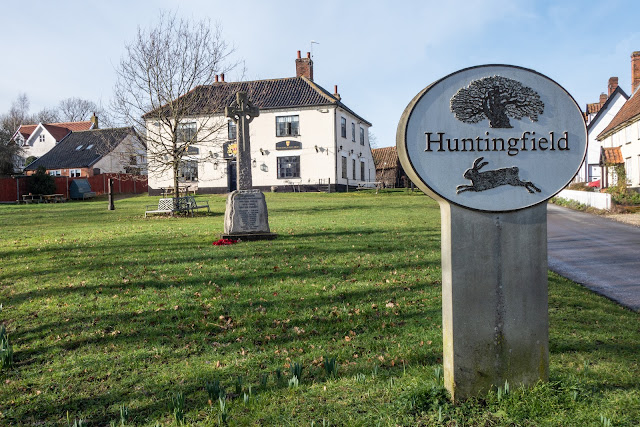The amazing ceiling of St Mary - Huntingfield

Suffolk has a magnificent legacy in its hundreds of churches, which tell the story of medieval times and onward. One of the many such churches was on the itinerary for today. Having read about the magnificent ceiling decorations in St Marys in Huntingfield, this was our main aim for today. Not medieval I know, but an amazing Victorian legacy. This post was originally made in 2019 but I have moved it to today after a revisit and some added info and images I have started photographing the village signs that we come across, so this was one to add to the collection.- Huntingfield. The name conjours up all sorts of images of time past. The existing church certainly dates from the 11th century but there are signs that there had been a chapel here long before. The first church was built by the family who took their name from the village and lived in the manor for 250 years, the Lords de Huntingfield. The chancel was added in the thirteenth century and the brick section (...



